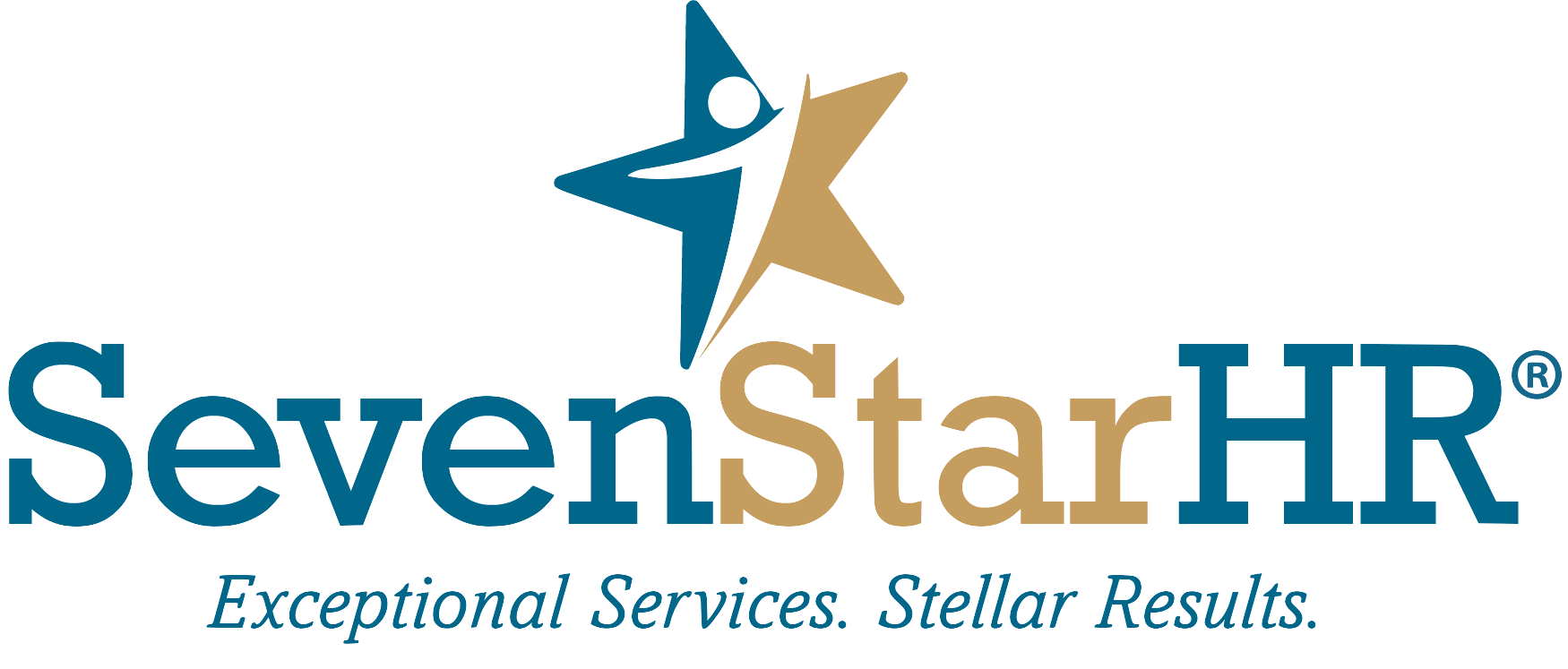Crafting the Perfect PTO Policy: A Guide for Employers
Creating a Paid Time Off (PTO) policy that benefits both your company and your employees might seem daunting, but it’s absolutely achievable with the right approach. A well-designed PTO policy can enhance employee satisfaction, boost productivity, and ensure compliance with state laws.
Here’s how to build a great PTO policy that everyone will love.
1. Stay Current with State Laws
Navigating the myriad of state-specific PTO requirements can feel like swimming against the tide, especially if your business operates in multiple states. There’s no federal mandate for PTO or its payout, so understanding and adhering to state laws is crucial. For instance, some states require certain employers to offer PTO, and more than a dozen states mandate that employers pay out accrued, unused PTO when an employee leaves.
In New York, while state law does not mandate PTO, if an employer offers it, they must adhere to specific guidelines:
Written Policy: PTO policies must be outlined in a written employment contract or policy.
Communication: Employers must clearly communicate how PTO can be accrued, used, and forfeited.
Use-it-or-Lose-it: If a "use-it-or-lose-it" policy is implemented, employees must be given advance notice.
Accrual: Employers can set their own vacation accrual systems (e.g., weekly, biweekly, semimonthly, or monthly) and can limit the amount of PTO an employee can accrue in a year.
Payout: If PTO is offered, employers may be required to pay out unused PTO when an employee leaves, unless a written policy states otherwise. Failure to pay out unused PTO can be considered wage theft.
Given the complexity, it’s wise to draft or review your PTO policy with the help of an employment law counsel to ensure compliance across all relevant states.
2. Develop a Comprehensive Policy
A comprehensive PTO policy helps prevent conflicts and ensures everyone is on the same page. Here are key questions your policy should address:
Eligibility Criteria: Which employees are eligible for PTO? Does it include part-time or temporary workers?
Accrual Method: How do employees earn PTO? Is it based on hours worked, length of service, or another metric?
Rollover Options: Can employees carry over unused PTO to the next year? If so, what are the limits?
PTO Usage: What procedures must employees follow to request PTO? Are there blackout dates or peak times when PTO cannot be used?
Payout Policy: Will unused PTO be paid out when an employee leaves? Are there any conditions or limitations on this payout?
Policy Modifications: How will changes to the PTO policy be communicated to employees? What are the steps to ensure compliance with any new regulations?
Also, ensure your policy aligns with any promises made in employee handbooks, contracts, or other agreements. This alignment helps maintain trust and avoids legal issues.
3. Prioritize Communication
Transparency is key to a successful PTO policy. Employees need clear, accessible information to plan their time off effectively. Here’s how to ensure your policy is well-communicated:
Documentation: Include your PTO policy in the employee handbook and on the company intranet. Make sure it’s easy to find and understand.
Communication: Regularly remind employees about their PTO benefits and how to use them. Consider holding informational sessions or including PTO policy overviews in onboarding processes.
Effective communication fosters a positive workplace culture, reduces misunderstandings, and ensures everyone knows their rights and responsibilities.
Final Thoughts
When employees understand and trust their PTO policy, they are more likely to take the time they need to recharge. This leads to a healthier work-life balance, which in turn boosts morale and productivity. Your investment in a robust PTO policy shows your team that you value their well-being and respect their time.
In the long run, a clear and well-implemented PTO policy helps attract and retain top talent. Employees today are looking for more than just a paycheck—they want a workplace that supports their overall well-being. By providing a thoughtful PTO policy, you're not only meeting legal requirements but also fostering a positive and supportive work environment.
So, as you enjoy these last beautiful days of summer, take the time to craft a PTO policy that truly supports your team and aligns with your business goals. Your employees—and your bottom line—will thank you.
Need Help with Your PTO Policy?
At SevenStar HR, we specialize in helping businesses like yours develop and implement effective PTO policies that meet legal requirements and boost employee satisfaction. Whether you need assistance drafting a new policy or reviewing your existing one, our expert team is here to help.
Contact us today to learn how we can support your HR needs and create a PTO policy that works for everyone.

